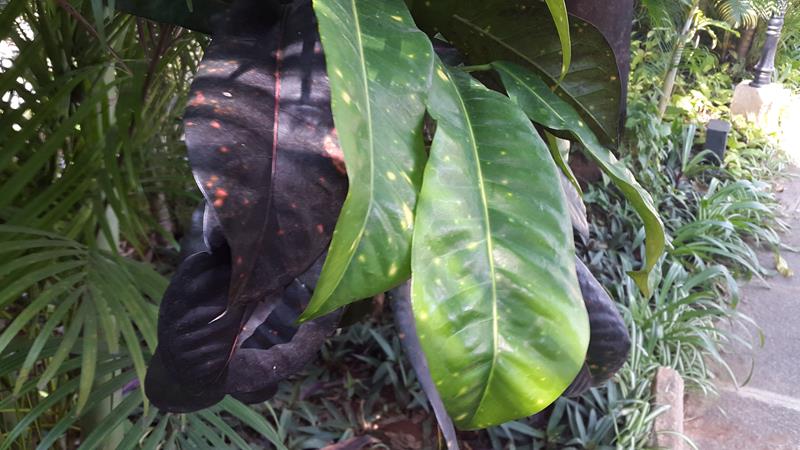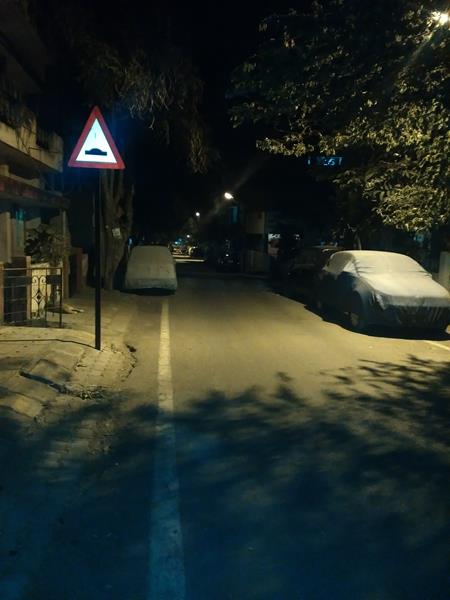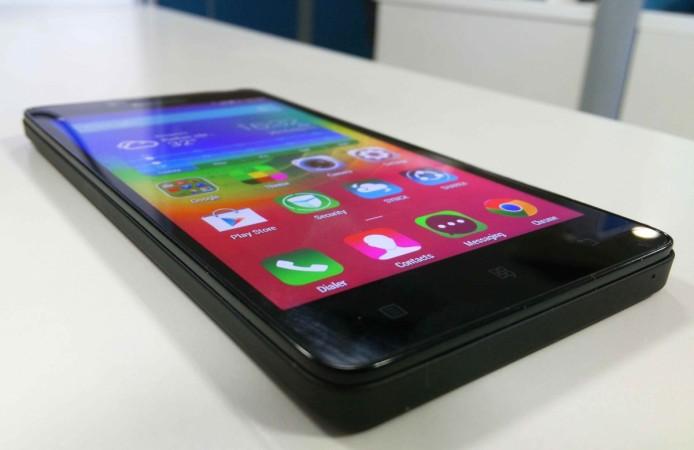
Lenovo has improved in a big way since its arrival in the smartphone industry.
In the beginning, it produced few cost-effective smartphones with marathon battery and good specifications but since the beginning of this year it has decided to blow the market with well configured smartphones and accessories. The brand launched a few smartphones at the beginning of the year during International CES 2015 and Lenovo A6000 is from it.
The A6000 received a lot of attention for what it offers at its price point. Though there are numerous under ₹7,000 smartphones from Indian manufacturers available in the market, majority of buyers are still sceptical about buying them due to less brand awareness.
Last year it was Moto E that took the baton away from the competitors for what it offers on that specific price point. Later Xiaomi Redmi 1s and Huawei Honor Holly also tasted the sweetness of success for similar reason.
However, there was still something missing in all of them and Lenovo understood it at the right moment and offered what budget conscious consumers were looking for. A Quad-Core 720p good looking smartphone with 4G connectivity under ₹7,000. But is it a gimmick? Or, a sales strategy for survival by offering false promises? Let's check out.
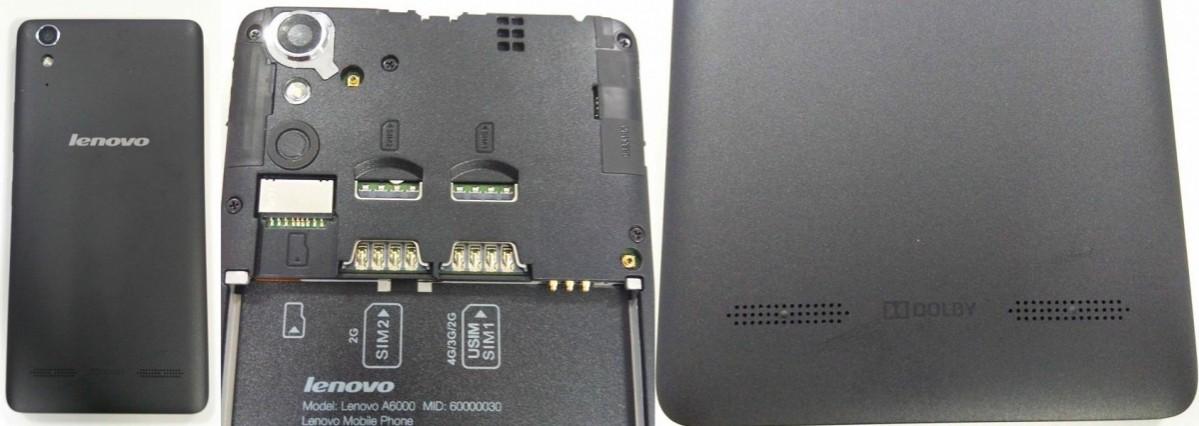
Design & Built
Inside an all plastic build, Lenovo A6000 has tried to keep itself beautiful and rugged. Measuring 71.04x140.87x8.07mm, the A6000 feels quite slim and durable in hand. The device is ergonomically made which feels well inside the palm. Weighing just 128g the device feels light and looks like any superior smartphone. The rounded bezels has also helped the phone look compact. The brand has used quality materials for making the handset as perfect as possible and that is why probably it looks way ahead than the competitors.
The volume rocker and the power button has been featured on the right while the micro USB charging and 3.5mm audio out port has been featured at the top of the device. The 8MP primary camera has shared the back space with the two speaker grills. Major portion of the front has been occupied by the 5-inch IPS LCD display. Below the screen there are 3 capacitive buttons for accessing home, menu and undo functions. On the top A6000 features a 2MP selfie camera along with the dual microphone and the necessary sensors.
Removing the back cover you'll find two micro SIM slots and with the necessary micro SD card slot. Among the two SIM slots one provides data connectivity up to 4G while the other sticks to 2G only. The micro SD card slot accepts memory cards up to 32GB.
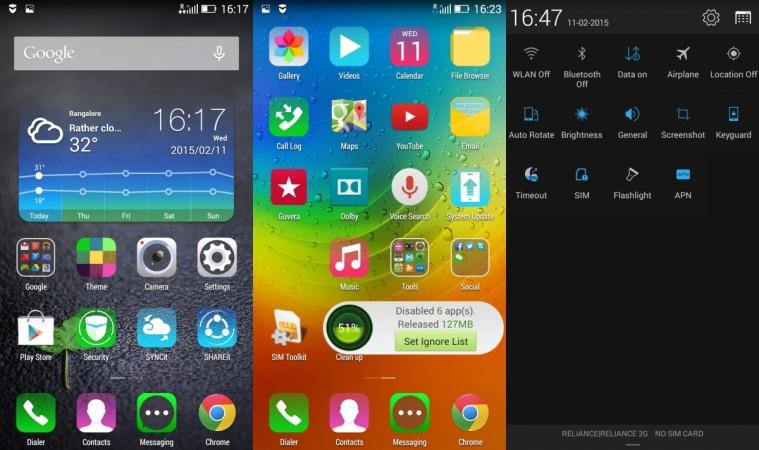
Display
Lenovo A6000 features a 5-inch IPS capacitive display with resolution support up to 720x1280 pixels at 294 Pixel's per inch. Interestingly another high buzzed smartphone Yu Yureka features similar resolution display with less pixel density measurement (267PPI) but it offers Corning Gorilla Glass 3 protection, which A6000 lacks. To protect the screen from further smudges and scratches, Lenovo has bundled a scratch guard inside the box.
Unfortunately the display lacks the premium feel like it's built. But it brings out quite accurate colour with optimum viewing Angles and touch responsiveness. The display is not quite visible under direct sunlight but most of the under ₹10,000 smartphones experience similar problem. So it's not a deal breaker.
OS & UI
Runs on Android Kitkat 4.4, the A6000 features proprietary Vibe UI on the top. The interface looks quite similar to Xiaomi's latest MIUI 6. The interface lacks app drawer and features everything on the screen. Lenovo has featured quite a few apps for the users. For example SHAREit by Lenovo is one of the best apps ever. Lenovo has also featured a fully fledged security suite with essential applications like Anti Virus, Privacy Guard, Data Monitor, Spam Filter, Speed boosting, Private space, Anti Theft and the essential Parental Control. A6000 also offers Dolby support with a full feature Dolby app inside.
Lenovo has also offered a RAM booster to free up page file space during runtime. The UI feels quite snappy, especially if you consider the offered price. But it consumes more than half of the RAM space which could have made avoided.
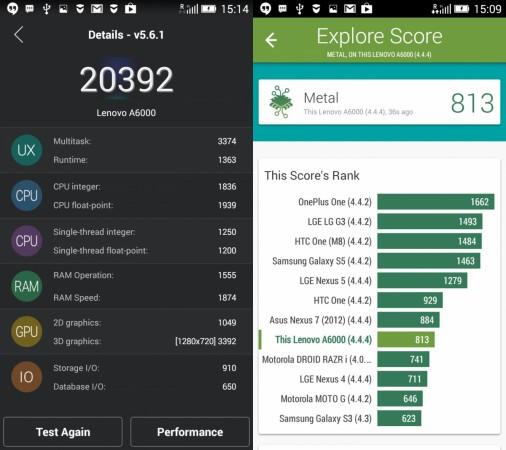
Performance
Powered by a Qualcomm MSM8916 Snapdragon Quad-Core SoC, the A6000 equips 1GB RAM and 8GB internal memory. This new generation SoC is quite popular and has been featured in several popular budget smartphone including Moto G 2nd Generation and Xiaomi Redmi Note 4G.
The A6000 offers quite nice usability in normal usage. Multitasking is mostly smooth and so is watching videos, browsing the web or listening to music. We experienced some stumbles upon our 7 days of usage, especially when loading graphic heavy games. But for a budget device it's not really surprising.
The A6000 scored 20932 in AnTuTu benchmarking test, in vellamo test it achieved 813 and in Quadrant Standard test it managed 11,566. While It is a bit behind successful smartphones in Benchmarking test like ASUS Zenfone 5 or Yu Yureka, it did better than Moto G, Moto E or Xiaomi Redmi 1s.
The phone was able to achieve optimum speed through network carrier and WiFi both. The call reception remained fine too.
Camera
Lenovo A6000 offers an 8MP rear camera with Auto Focus and LED flash and also a 2MP camera on the front. The rear camera has been able to click some good images with ample details in our test. The images clicked in ambient lighting offers great amount of details with ample colour presence. However, in challenging lights the images lacks depth and also experiences slight visible noises. The autofocus is fast enough in real time and so is the LED flash. The default camera app is also simple and intuitive.
Battery
In mixed usage of watching a 2 hour movie, 3 hours music, 3 hours in WiFi and rest in 3G, calling and texting the A6000 lasted around 18 hours, which is nothing bad but not great as well. Under heavy usage with long hours of gameplay the phone lasted for half a day. Under normal circumstances the A6000 lasted for a day which can't say bad but not outstanding as well.
Conclusion
The Lenovo A6000 easily beats both the entry level champion till date Xiaomi Redmi 1s and Motorola Moto E in every aspect. It features the latest Snapdragon processor, offers 4G connectivity, decent camera, better performance and battery life inside a well made body.
The Yu Yureka and Xiaomi Redmi Note cost around 30% higher than it and they are not its closest competitor. However, they may find some competition from the upcoming Xiaomi Redmi 2S, which features more RAM in similar price. There are some rumours that Motorola might also roll out a low budget smartphone soon which can be another potential competitor of it. Meanwhile, Lenovo A6000 is the best smartphone available in its price.


